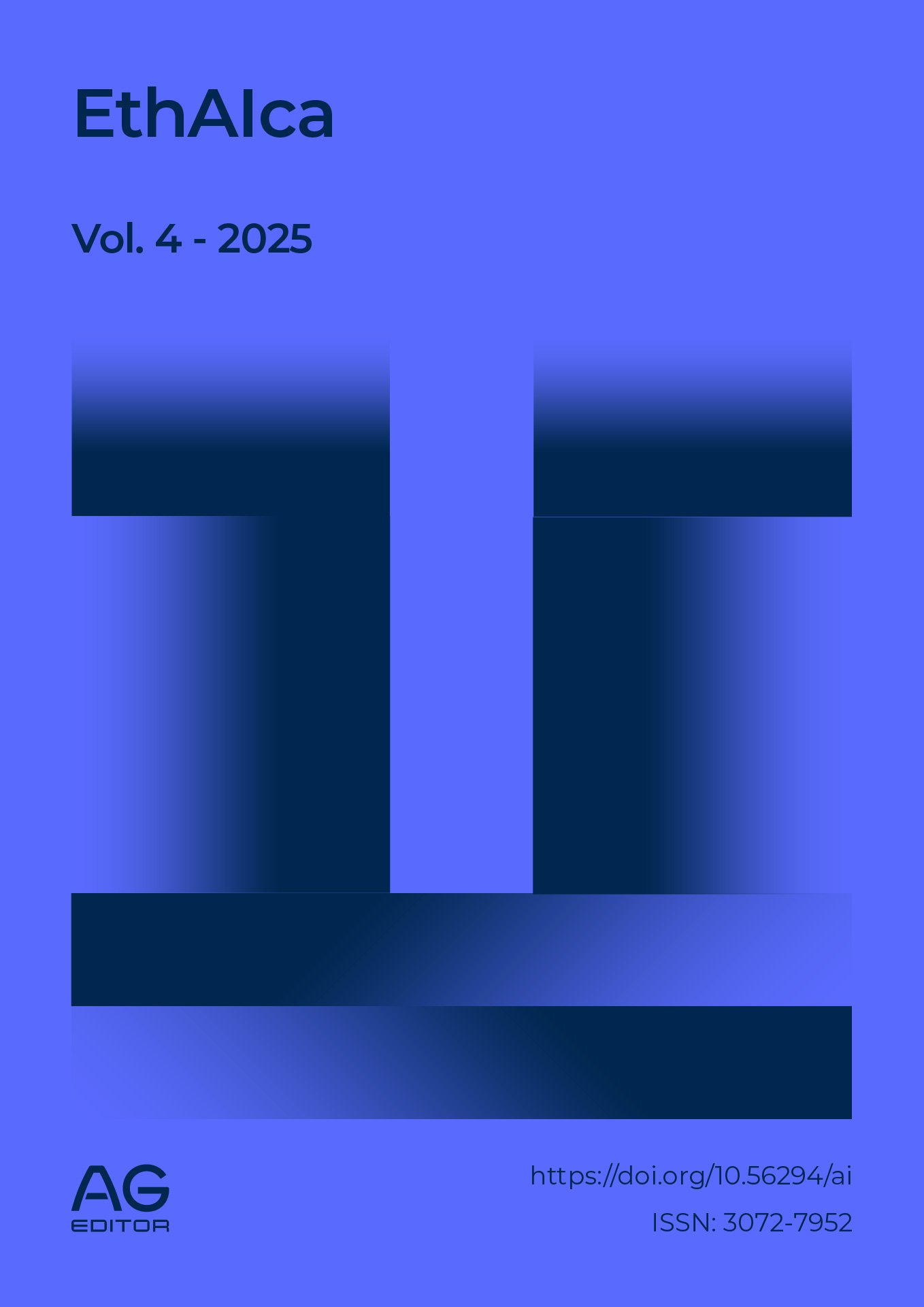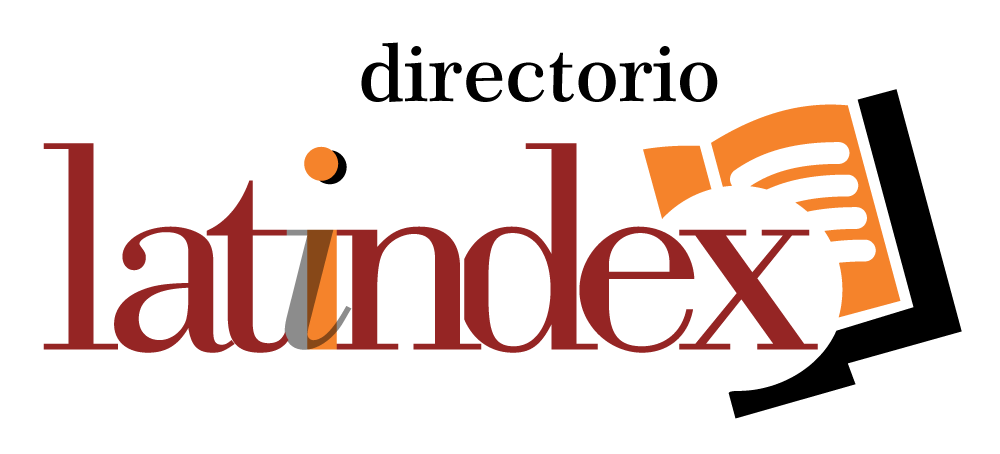A comprehensive exploration of nongeostationary satellite systems in the mining industry: emphasizing AI , ethical considerations, and communication strategies
DOI:
https://doi.org/10.56294/ai2025408Keywords:
Nongeostationary Satellite Systems, Mining Industry, Artificial Intelligence, Data Acquisition, Communication Strategies, Ethical ConsiderationsAbstract
Non-geostationary satellite (NGSO) constellations—particularly LEO/MEO—are transforming mining by providing low-latency connectivity and taskable Earth observation to remote, infrastructure-poor sites. Objectives include mapping NGSO applications across exploration, planning, and operations; assessing AI's role in tasking, routing, and analytics; and examining governance and ESG implications, with a focus on Africa and East Africa. Methods involved a PRISMA-aligned systematic review (protocol registered) synthesising primary and secondary evidence on NGSO-enabled EO and communications in mining. A random-effects meta-analysis was planned if three or more comparable studies reported the same outcome; otherwise, a structured narrative synthesis with predefined subgroups (LEO vs MEO, EO vs backhaul, open-pit vs underground, Africa vs elsewhere) was used. Results and discussion showed that across more than 30 use cases, NGSO backhaul and EO tasking consistently reduced time to insight for pit progression, tailings surveillance, and asset tracking; simulations indicated routing improvements of approximately 10% on tree topologies and 30% on mesh networks at N=500, demonstrating tangible latency and capacity benefits for safety-critical workflows. Continuity was enhanced through multi-sensor PNT (GNSS/inertial/vision plus radio localisation ) and hierarchical link adaptation that rapidly re- parameterises under noise, weather, or interference. AI added value by improving tasking and congestion control in edge and cloud inference, though it required cascaded models, compression, and uncertainty gating to meet compute and bandwidth constraints. Governance themes—such as data protection, transparency, and community benefit—were recurring enablers of adoption. Conclusion: When combined with resilient positioning, adaptive operations, and credible ESG safeguards, NGSO combined with AI can significantly enhance mining efficiency, safety, and sustainability; priorities include standardised KPIs, transparent cost models, and long-term pilot deployments.
References
1. K. Islam and S. Murakami, "Global-scale impact analysis of mine tailings dam failures: 1915–2020," Global Environmental Change, 2021. https://doi.org/10.1016/j.gloenvcha.2021.102361
2. E. S. Rentier and L. H. Cammeraat, "The environmental impacts of river sand mining," Science of the Total environment, 2022. https://doi.org/10.1016/j.scitotenv.2022.155877
3. V.V. Lehtola, M. Koeva, S. Oude Elberink, "Digital twin of a city: Review of technology serving city needs," *Earth Observation and, vol. 2022, Elsevier. https://doi.org/10.1016/j.jag.2022.102915
4. R. C. Estoque, M. Ooba, T. Togawa, Y. Hijioka, and others, "Monitoring global land-use efficiency in the context of the UN 2030 Agenda for Sustainable Development," Habitat International, vol. 107, 2021. https://doi.org/10.1016/j.habitatint.2021.102403
5. Pons, C. Vintró Sánchez, J. M. Rius Torrentó, "Impact of Corporate Social Responsibility in mining industries," 2021. https://doi.org/10.1016/j.resourpol.2021.102117
6. H. Al-Hraishawi, H. Chougrani, S. Kisseleff, "A survey on nongeostationary satellite systems: The communication perspective," IEEE Surveys & Tutorials, vol. 2022. https://doi.org/10.1016/j.resourpol.2021.102117
7. P. He, H. Lei, D. Wu, R. Wang, and Y. Cui, "Non-Terrestrial Network Technologies: Applications and Future Prospects," IEEE Internet of Things Journal, 2024. https://doi.org/10.1109/JIOT.2024.3522912
8. P. Chavula and F. Kayusi, “Systematic Review on the Application of Nanotechnology and Artificial Intelligence in Agricultural Economics,” LatIA, vol. 3, p. 322, May 2025, doi: 10.62486/latia2025322.
9. F. Öztürk and A. Kara, "Exclusion zone minimization and optimal operational mode selection for co‐existent geostationary and non‐geostationary satellites," *International Journal of Satellite …*, 2022. https://doi.org/10.1002/sat.1433
10. H. Furchtgott-Roth, "The Economic Benefits of Updating Regulations that Unnecessarily Limit Non-Geostationary Satellite Orbit Systems," Available at SSRN 4538619, 2023. https://dx.doi.org/10.2139/ssrn.4538619
11. C. Liu and Y. Wu, "History and trends in the development of low-orbit satellite communication systems," in *24th International Conference on Communication*, 2024. https://doi.org/10.1109/ICCT62411.2024.10946589
12. R. Wang, R. Ma, G. Liu, and W. Kang, "Joint link adaptation and resource allocation for satellite networks with network coding," IEEE Transactions on ..., vol. XX, no. YY, pp. ZZ-ZZ, 2023. https://doi.org/10.1109/TVT.2023.3292386
13. N. Saeed, H. Almorad, H. Dahrouj, and others, "Point-to-point communication in integrated satellite-aerial 6G networks: State-of-the-art and future challenges," IEEE Open Journal, 2021. https://doi.org/10.1109/OJCOMS.2021.3093110
14. X. Zhu and C. Jiang, "Integrated satellite-terrestrial networks toward 6G: Architectures, applications, and challenges," IEEE Internet of Things Journal, 2021. https://www.ieee.org/publications/rights/index.html
15. M. Sheng, D. Zhou, W. Bai, J. Liu, H. Li, Y. Shi, "Coverage enhancement for 6G satellite-terrestrial integrated networks: performance metrics, constellation configuration and resource allocation," Science China Information Sciences, vol. 2023, Springer. https://doi.org/10.1007/s11432-022-3636-1
16. S. B. R. Tirmizi, Y. Chen, S. Lakshminarayana, and W. Feng, "Hybrid satellite–terrestrial networks toward 6G: key technologies and open issues," Sensors, vol. 22, no. 11, 2022. https://doi.org/10.3390/s22218544
17. S. Ji, D. Zhou, M. Sheng, and J. Li, "Mega satellite constellation system optimization: From a network control structure perspective," IEEE Transactions on Wireless Communications, vol. XX, no. YY, pp. ZZ-ZZ, 2021. https://doi.org/10.1109/TWC.2021.3100247
18. R. Pritchard-Kelly and J. Costa, "Low earth orbit satellite systems: comparisons with geostationary and other satellite systems, and their significant advantages," *Journal of Telecommunications and …*, 2022. http://doi.org/10.18080/jtde.v10n1.552
19. J. F. Anderson, M. A. Cardin, and P. T. Grogan, "Design and analysis of flexible multi-layer staged deployment for satellite mega-constellations under demand uncertainty," Acta Astronautica, 2022. https://doi.org/10.1016/j.actaastro.2022.05.022
20. T. Wild, V. Braun, and H. Viswanathan, "Joint design of communication and sensing for beyond 5G and 6G systems," IEEE Access, 2021. https://doi.org/10.1109/ACCESS.2021.3059488
21. J. C. Aker and J. Cariolle, "Mobile Phones and Development in Africa," 2023. https://doi.org/10.1007/978-3-031-41885-3
22. C. Lyu and R. Zhan, "Global analysis of active defense technologies for unmanned aerial vehicle," IEEE Aerospace and Electronic Systems Magazine, vol. 2022. https://doi.org/10.1109/MAES.2021.3115205
23. P. Davis, "Development and operation of a global‐scale seismographic network: The IRIS/USGS GSN," Perspectives of Earth and Space Scientists, 2024. https://doi.org/10.1029/2023CN000225
24. N. J. Wessman, F. Malatesta, J. Andersson, et al., "De-RISC: the first RISC-V space-grade platform for safety-critical systems," in 2021 IEEE Space, 2021. https://doi.org/10.1109/SCC49971.2021.00010
25. G. Falco, R. Thummala, and A. Kubadia, "Wannafly: An approach to satellite ransomware," in *Proceedings of the Conference on Space Mission*, 2023. https://doi.org/10.1109/SMC-IT56444.2023.00018
26. S. Kilkis, P. S. Prakasha, N. Naeem, and B. Nagel, "A python modelling and simulation toolkit for rapid development of system of systems inverse design (SoSID) case studies," AIAA Aviation 2021 Forum, 2021. https://doi.org/10.2514/6.2021-3000
27. S. Macenski, T. Foote, B. Gerkey, and C. Lalancette, "Robot operating system 2: Design, architecture, and uses in the wild," *Science Robotics*, vol. 7, no. 63, 2022. https://doi.org/10.1126/scirobotics.abm6074
28. B. N. Mvile and O. K. Bishoge, "Mining industry's potential for community development, challenges, and way forward in the East Africa community. A review," Local Development & Society, 2024. https://doi.org/10.1080/26883597.2024.2423948
29. C. C. Mavhunga, "Africa's move from raw material exports toward mineral value addition: Historical background and implications," Mrs Bulletin, 2023. https://doi.org/10.1557/s43577-023-00534-3
30. F. Lwesya, "Integration into regional or global value chains and economic upgrading prospects: an analysis of the East African Community (EAC) bloc," Future Business Journal, 2022. https://doi.org/10.1186/s43093-022-00141-9
31. N. R. Kiprono, T. Smoliński, and M. Rogowski, "Kenya's mineral landscape: A review of the mining status and potential recovery of strategic and critical metals through hydrometallurgical and flotation," Minerals, vol. 13, no. 3, 2023. https://doi.org/10.3390/min14010021
32. D. E. L. Ong, M. Barla, J. W. C. Cheng, and C. S. Choo, "Deep Shaft Excavation: Design, Construction, and Their Challenges," in *Jacking Technology in ..., 2022*, Springer. https://doi.org/10.1680/geng.2009.162.1.59
Downloads
Published
Issue
Section
License
Copyright (c) 2025 Fredrick Kayusi, Petros Chavula (Author)

This work is licensed under a Creative Commons Attribution 4.0 International License.
The article is distributed under the Creative Commons Attribution 4.0 License. Unless otherwise stated, associated published material is distributed under the same licence.






